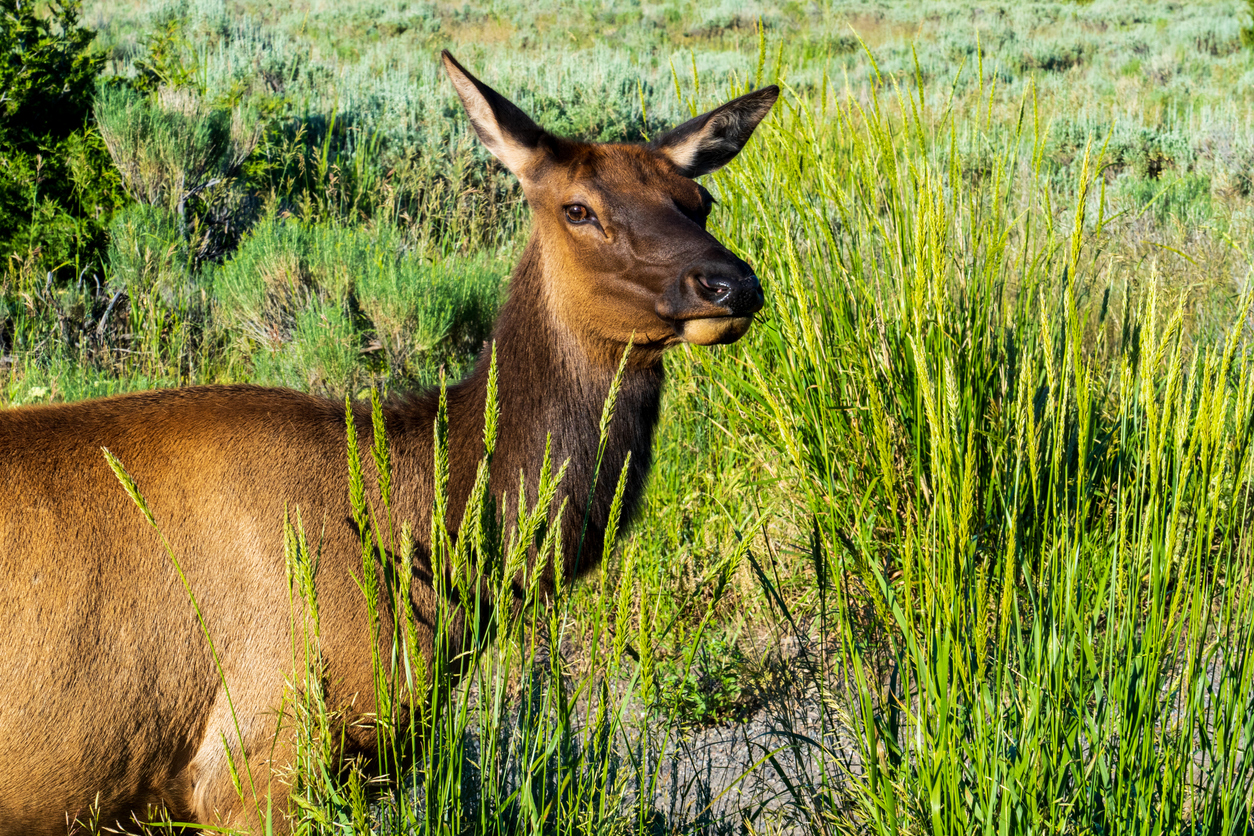
New chronic wasting disease (CWD) detections were reported this week in Wyoming and Alabama.
In Wyoming, officials with the Wyoming Game and Fish Department confirmed the presence of CWD in a dead cow elk from Elk Hunt Area 84, which is located in the Jackson region in the northwest part of the state. The department said the area has no surrounding CWD-positive elk areas, but its corresponding deer area (Deer HA 152) has had previous CWD detections.
CWD was first identified in free-ranging mule deer in southeastern Wyoming in 1985 and is now found in deer and elk across most of the state. The disease is caused by misfolded infectious proteins called prions, which are extremely resilient and can persist in the environment for years. CWD can spread from animal to animal and through environmental contamination.
Alabama reports ninth CWD case
The CWD detection in Alabama was in a white-tailed deer harvested by a hunter in Colbert County in the northwest part of the state, according to an update from the Alabama Department of Conservation and Natural Resources (ADCNR). It’s the first case of CWD detected in Colbert County and brings the total number of CWD positive detections in the state to nine.
ADCNR officials say the detection has resulted in an expansion of the state's CWD management zone to include all of Colbert, Lauderdale, and Franklin counties.
"I would like to thank our hunters for submitting their harvest samples for testing," ADCNR Commissioner Chris Blankenship said in a news release. "They are our most important partners in the management of this disease in Alabama."
While no human CWD cases have been reported, the Centers for Disease Control and Prevention and the World Health Organization advise against eating meat from sick cervids and urge taking precautions when handling carcasses.

_0.jpg)










